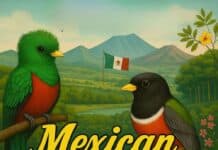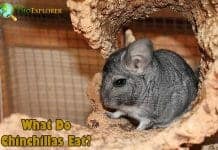
Cardinals are also referred to as redbirds. These perching birds found in North and South America are omnivores.
Their strong bills are well suited for them to eat seeds. Their diet also constitutes of a myriad of insects.
Types of Cardinals
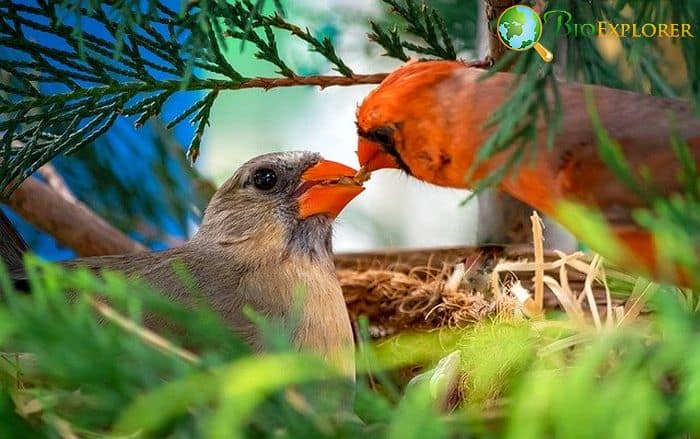
Only three “true cardinals” have been described. These are classified in the genus Cardinalis . It is also worth noting that birds in the family Cardinalidae are also casually referred to as cardinals. The main focus of the types of cardinals in this section is two of the three “true cardinals“.
Suggested Reading:
15 Outstanding Birds of Ohio
At present, Ohio has 5 distinct geographical regions from Lake & Till Plains to Appalachian Plateau and Bluegrass Region. Find 15 Best Birds of Ohio here.
15 Outstanding Birds of Ohio
![]()
What Do Northern Cardinals Eat?
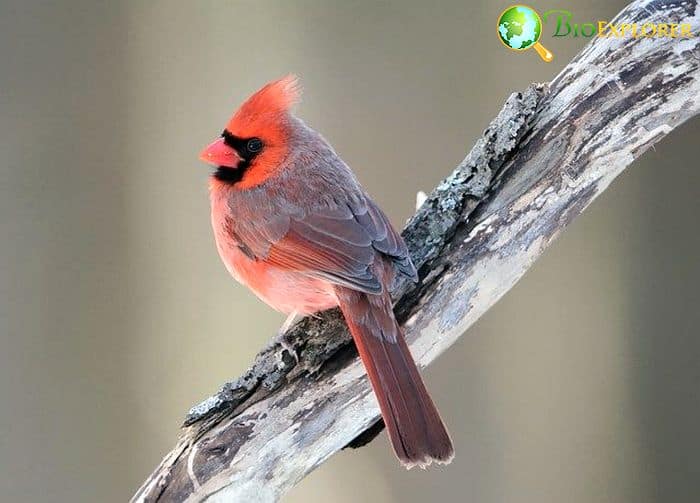
The northern cardinals are songbirds with medium-sized bodies. The male northern birds are red with a black mask on their faces.
| Animalia | Passeriformes | Cardinalidae | Cardinalis | Cardinalis cardinalis |
- The females take up a light brown hue, and they do not have a black mask, like their male counterparts, although it is worth noting that some parts of their faces can be black.
- About eighteen subspecies of the northern cardinals have been described. A majority of these subspecies can be differentiated based on the color of the face mask that the female birds have.
- A considerable portion of the northern cardinal bird’s diet is composed of seeds, nuts, insects, fruits, and grains.
- These birds hunt for their prey by using their strong beaks to dig up insects found in bushes-the northern cardinal hunts in both the cold winter and summer seasons.
![]()
What Do Pyrrhuloxias Eat?
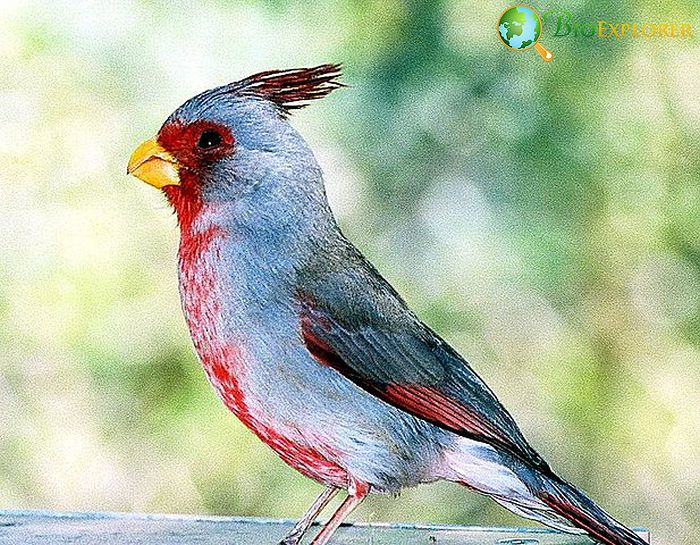
The pyrrhuloxias are songbirds that are midsized. They are notable for their long tails and somewhat tall crests.
| Animalia | Passeriformes | Cardinalidae | Cardinalis | Cardinalis sinuatus |
- These birds often have a gray or gray-brown hue, with some bits of red on their faces, chests, crests, and breast.
- These birds mostly feed on seeds that can be found on the ground or near the ground. Pyrrhuloxias occasionally feed on insects when they can find them.
- Some of the insects that make their perfect delicacy include grasshoppers, beetles, and other arthropods. Pyrrhuloxias also consume caterpillars.
- Pyrrhuloxias hop on the ground to find unsuspecting prey while ensuring they cover themselves before they launch an ambush.
![]()
When Do Cardinals Eat?
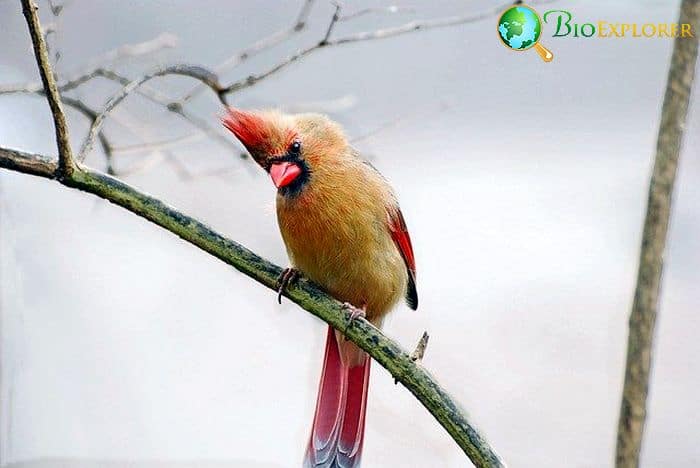
Cardinals display diurnal tendencies. These birds are likely to be found foraging and eating during the daylight hours.
![]()
How Often Do Cardinals Eat?
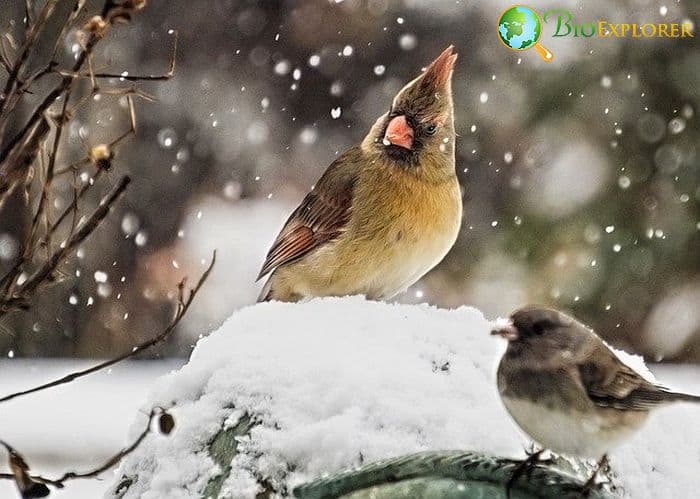
Cardinals feed as much as they can to meet their daily need.
- During plenty, cardinals tend to be very selective about what they eat.
- In scarce winter seasons, cardinals will feed on what is readily available.
![]()
What Eats Cardinals?
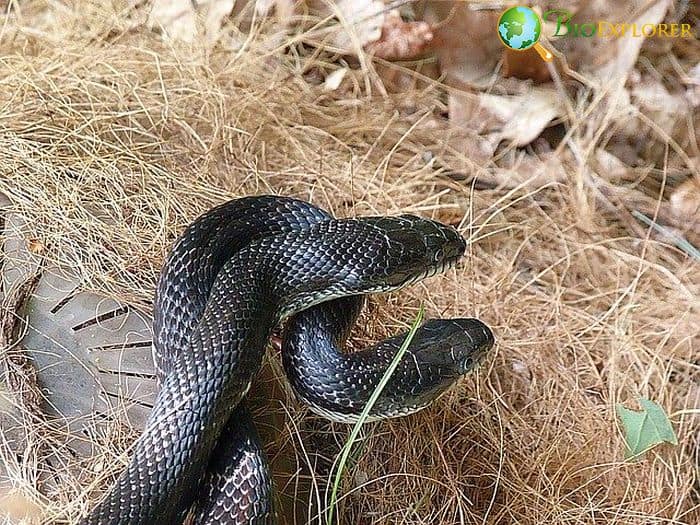
When they encounter predators near their nests, northern cardinals let out an alarm call, fly towards the predators in the attempt to scare them away.
- Despite their efforts to ward off predators, cardinals fall prey to several organisms that consider them to be a perfect delicacy.
- One category that predates on cardinals is mammals. Cats, in particular, cause the greatest threat to the cardinals’ population.
- Other mammals that feed on cardinals include foxes and dogs. The second category of cardinals’ predators includes birds.
- Examples of predatory birds that dine on cardinals include some owl and hawk species, which threaten the population of cardinals.
- The third category of organisms that feed on cardinals includes reptiles. Examples of these reptiles include the many different types of snakes (milk snakes, black rat snakes, and black racers) found within the cardinals’ natural habitat.
- Cardinal eggs are also a great source of nutrients to a wide array of smaller animals, with the example of squirrels (fox, red, and eastern gray), shrikes (northern and loggerhead), and chipmunks.
![]()
Where Do Cardinals Fit in the Animal Food Chain?
Cardinals play an essential role in the animal food chain as both prey and predators.
- In their role as prey, cardinals provide an excellent source of protein nutrients to the vast range of organisms that feed on them.
- The examples of animals that draw nutrition from cardinals and their eggs include but are not limited to squirrels, snakes, hawks, owls, shrikes, cats, and dogs.
- Cardinals feed on a vast range of insects. Because of this role, they help regulate the local population of these organisms. As such, they help maintain a balance within the ecosystem.
![]()
With the above insight, it is apparent that the presence of cardinals in the ecosystem helps create some form of balance of resources.



